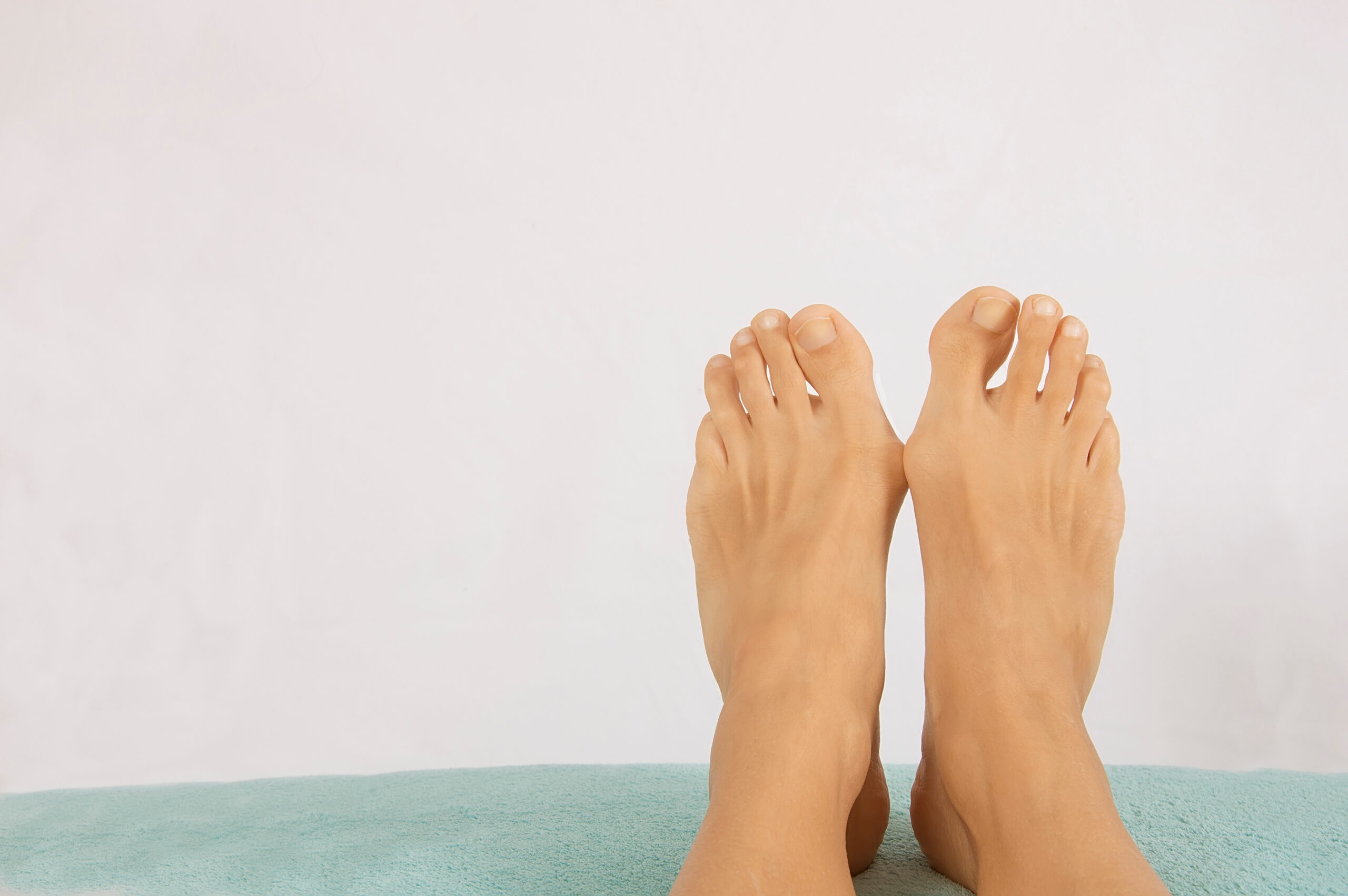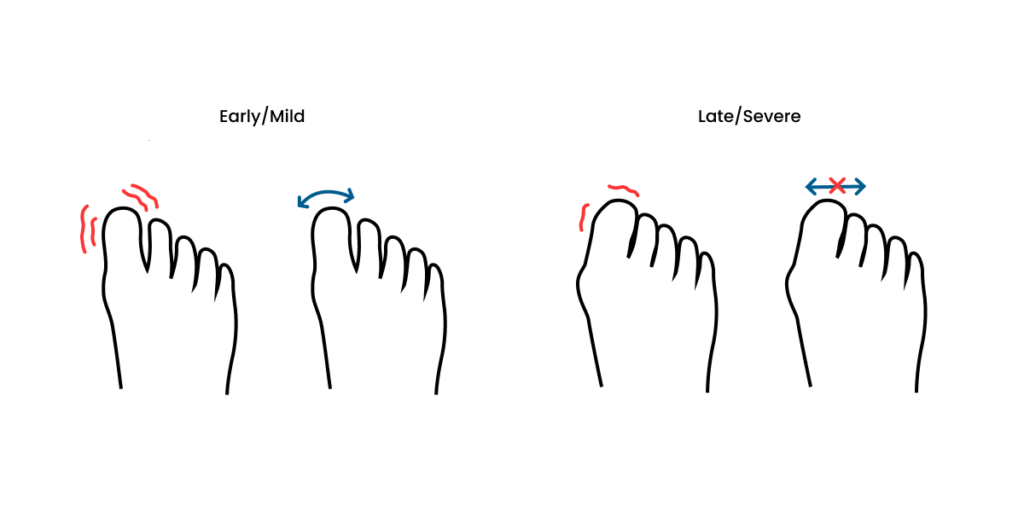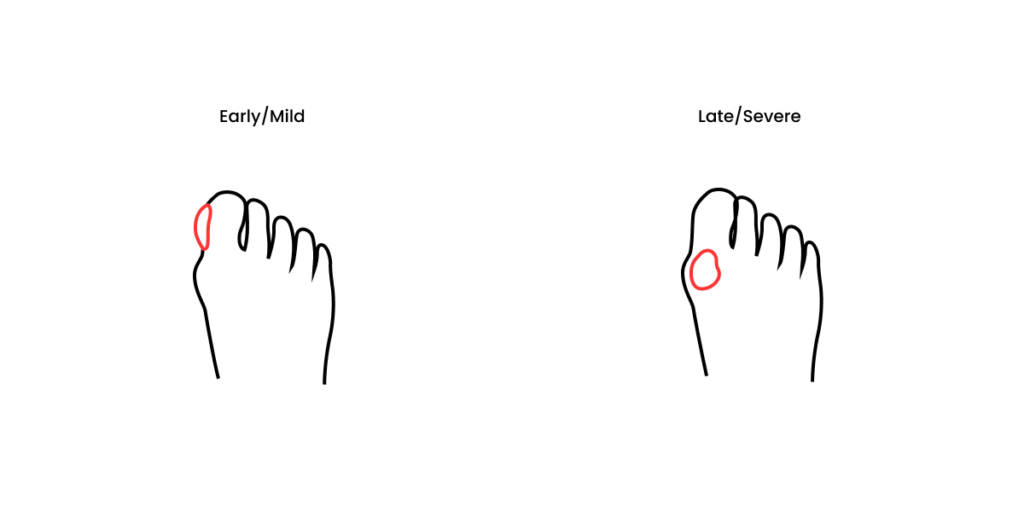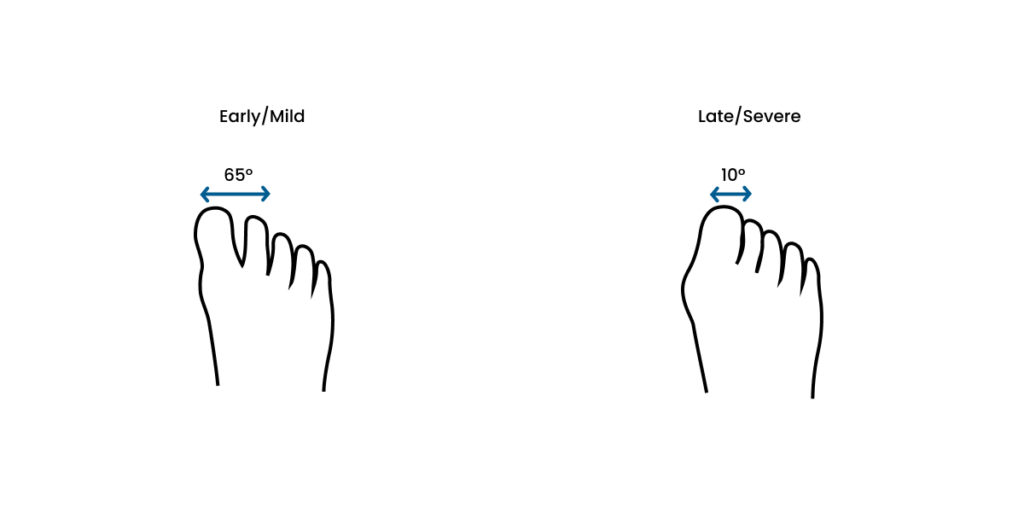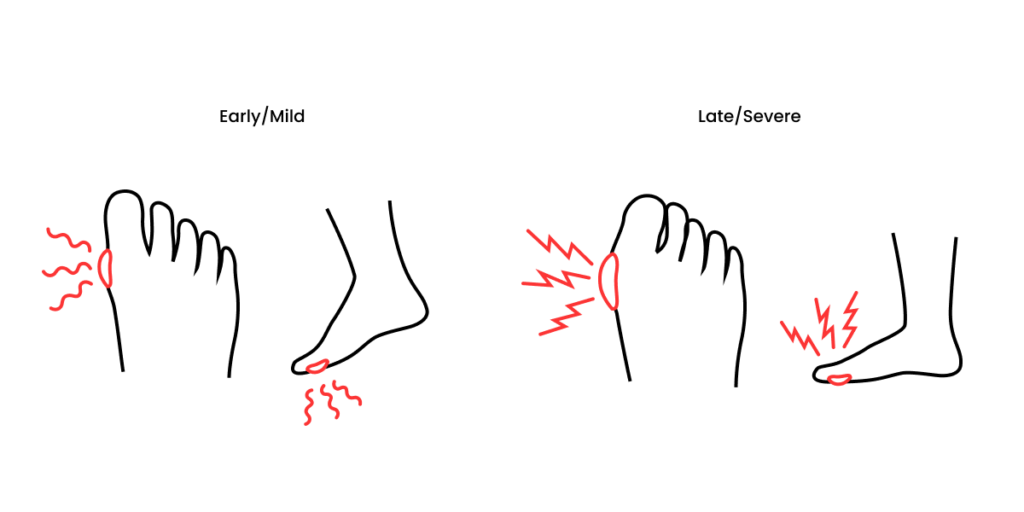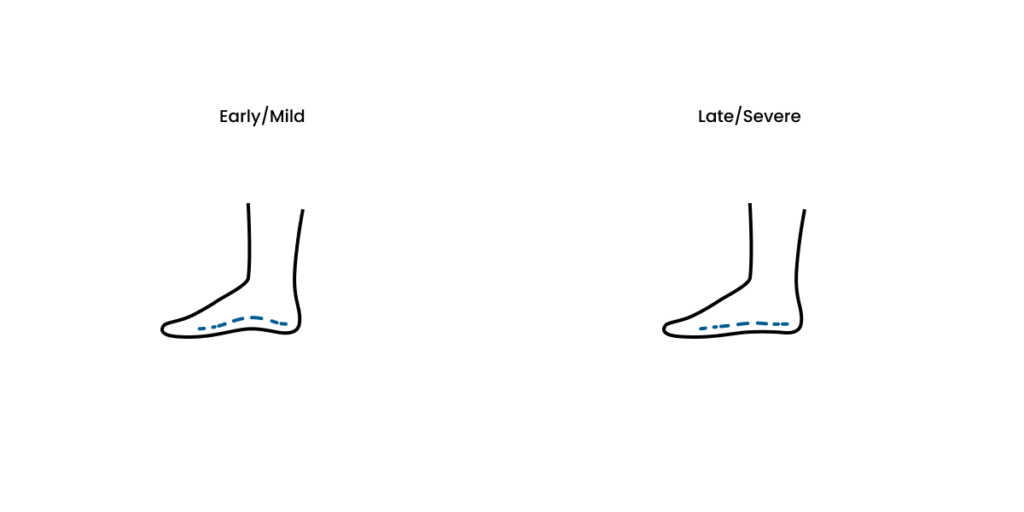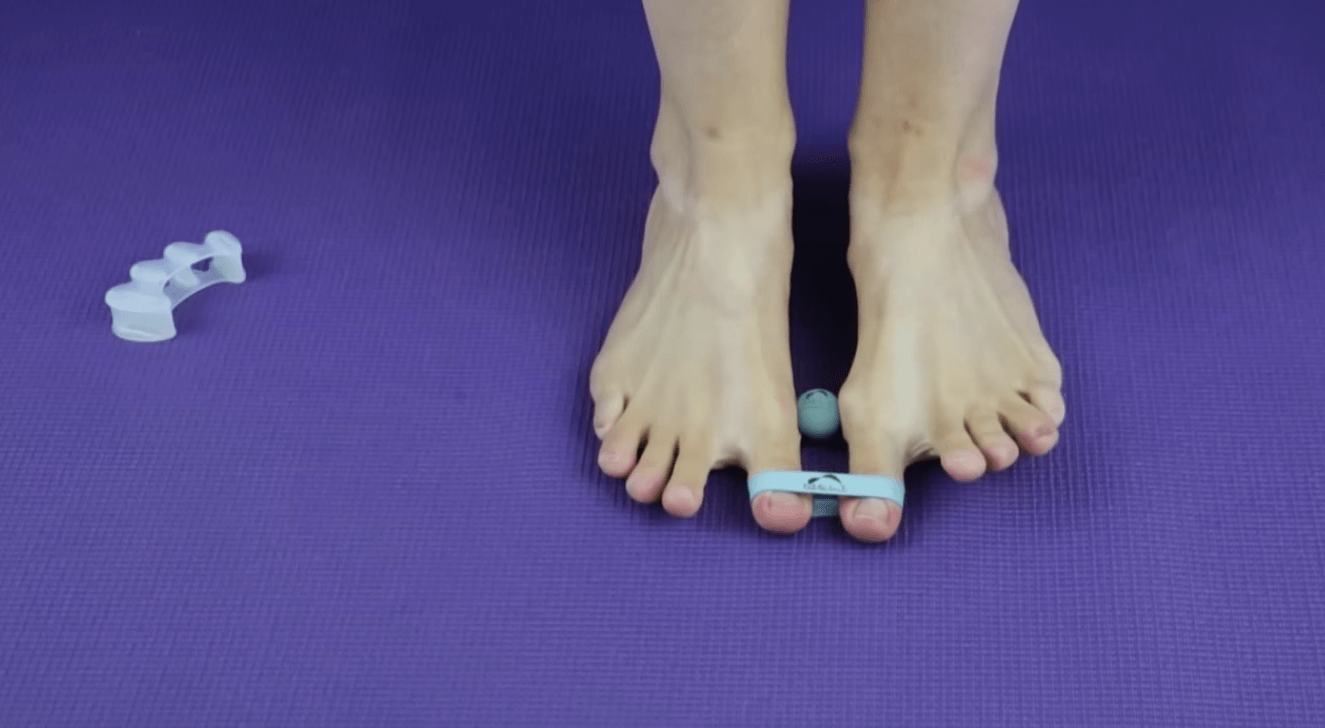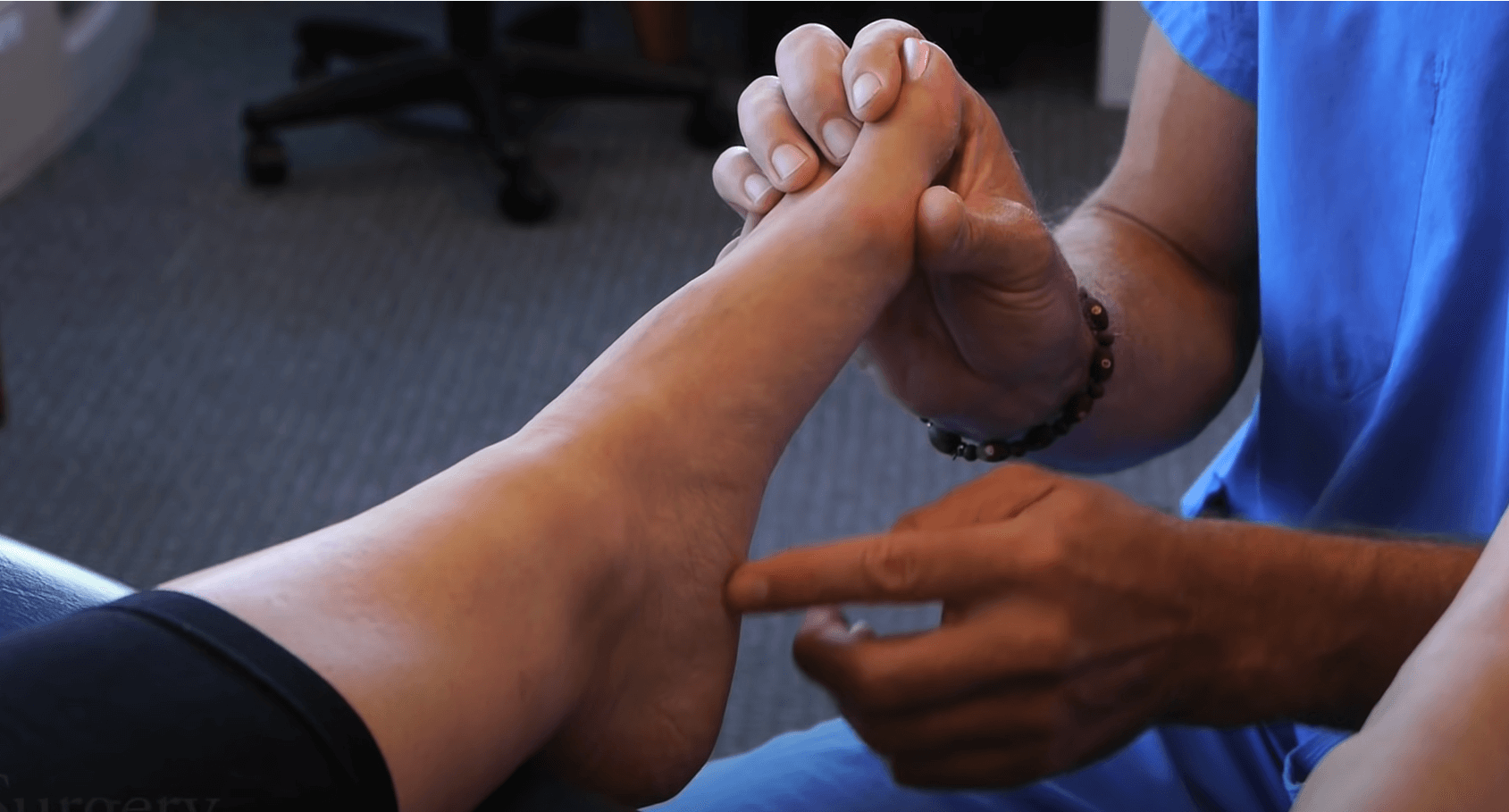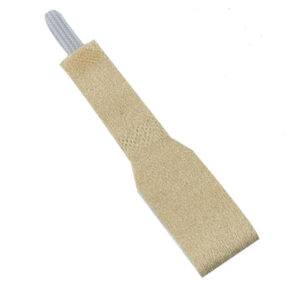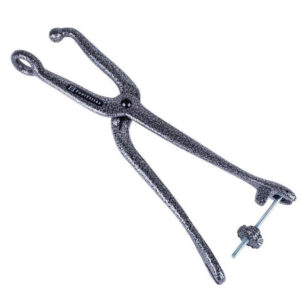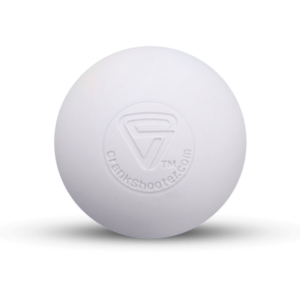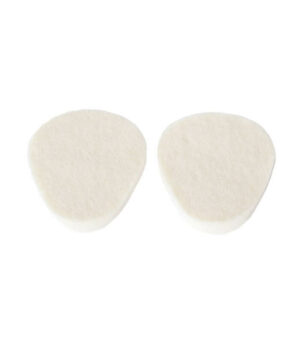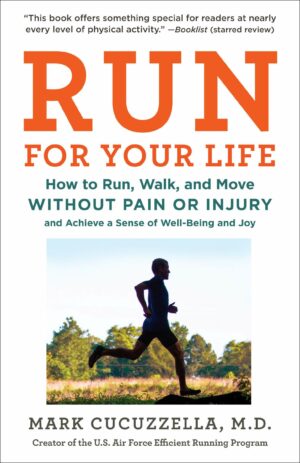Are Your Feet at Risk? Don’t Ignore These Early Symptoms of Bunions!
Do you have a bunion? Probably a little bit.
Many people have at least a very slight bunion due to the unfortunately ubiquitous Tapered Toe Box shape that’s designed into virtually all mainstream and conventional footwear. It’s not just dress shoes, cowboy boots, and stilettos that are too narrow, most casual and athletic footwear, including running shoes, basketball shoes, cleats, etc., are designed with this dysfunctional fashion feature.
When you take enough steps in a shoe that squeezes your toes together, they start to learn to stay like that. Take a look at your shoes — do they come to a point in the middle? or are they shaped asymmetrically like a natural foot? A healthy foot shape should be widest at the tips of the toes with space between all toes, and all toe bones aligned with their respective foot bones.
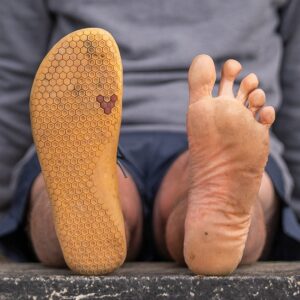
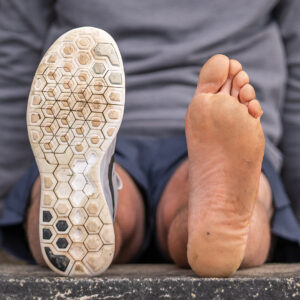
Understanding Bunions
A bunion AKA hallux valgus is the progressive dislocation of the big toe laterally towards the lesser/smaller toes. [Hallux = big toe; valgus = points away from body’s midline]. If the bones in the big toe (phalanges) aren’t in straight alignment with the 1st metatarsal bone, this might be the very early stages of a bunion formation.
Bunions happen progressively over time, so you don’t necessarily need to be in pain or have a huge bump on your foot to be forming a bunion—or to begin taking steps towards correcting it.
Bones of the human foot. Notice that even on this diagram the big toe isn’t quite in perfect alignment.
A bunion can be much more than a simple crooked toe. If left untreated, bunions can progress to extremely painful, debilitating, and at times disabling severities that significantly limit one’s ability to stand, walk, or move.
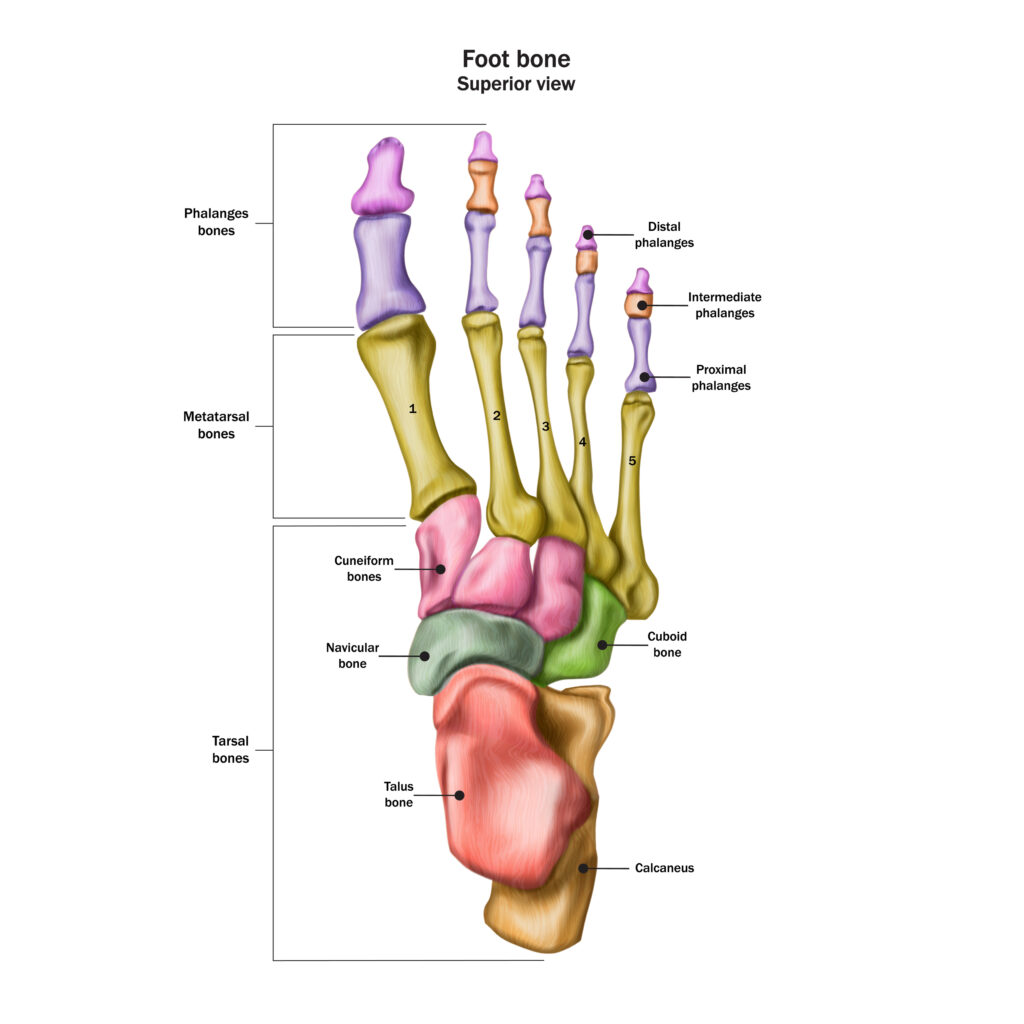
6 Early Signs of Bunions
By taking proactive measures, you can gain valuable insights into the progression and severity of the condition, enabling timely intervention and appropriate management. If you think you might be in the beginning stages of a bunion, you need to take action now and watch out for these six bunion symptoms that are important to monitor.
1. Bones are misaligned: With bones, we are referring to the alignment of the foot and toe bones. Pay attention to the changes in the alignment of the foot and toe bones, such as the big toe deviating towards the other toes or the metatarsal bone appearing more prominent on the inside of the foot.
2. Muscles are imbalanced: Muscle refers to the weak, tight, and over-stretched muscles that are responsible for holding the big toe in a “bunion position.” Notice if there is muscle weakness or tightness around the big toe joint, this may contribute to the misalignment and progression of the bunion.
3. Callus Formation: Skin callus formation can be a major clue to areas of increased rubbing, pressure, and friction. Observe the areas of the foot where calluses or thickened skin develop, particularly over the bony prominence of the bunion.
4. Reduced Range of Motion: Range of motion refers to how much movement one can get out of their big toe. Assess the flexibility and how easily you can move your big toe. Difficulty bending the toe or experiencing limited movement in certain directions, such as upward or downward, can be indicative of the early stages of a bunion.
5. Pain and Inflammation: With pain, it’s not just the severity, but also the quality, timing, and events associated with the pain. Consider the type of pain experienced. Bunions can cause dull, aching pain, or sharp and intense pain during activities or when wearing certain shoes. Note the frequency, duration, and triggers of the pain.
6. Forefoot and Arch Stability: Lastly, stability refers to the crucial role the big toe plays in stabilizing the f orefoot by maintaining the integrity of the 2 main arches of the foot: the medial longitudinal arch and the metatarsal transverse arch. Recognize that the big toe plays a crucial role in maintaining foot stability, notice any problems with balance, gait, and overall foot function.
Bunion Progression
Muscle imbalance (i.e. tight on one side and loose on the other) is the primary driver of early bunion formation. Fortunately, muscles respond well to rehab exercises and realignment training.
When it comes to bunions, the adductor hallucis muscle that attaches to the lateral side of the big toe (muscle body found mostly between 1st and 2nd metatarsals and into the central foot) becomes short and tight and thus pulls the toe laterally, pointing towards the 2nd toe.
Consequentially the abductor hallucis muscle that attaches to the medial side of the big toe (muscle body found in the medial longitudinal arch) becomes elongated and loose, unable to oppose the adductor.
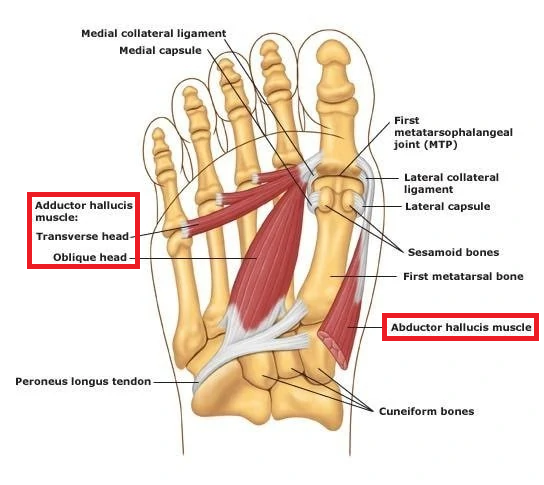
Adductor hallucis attaches to the lateral aspect of the big toe and is found mostly between the 1st and 2nd metatarsals. Abductor hallucis attaches to the medial side of the big toe and is found mostly in the medial longitudinal arch.
Callusing on the medial aspect of the big toe is typically a direct result of footwear rubbing directly on that area of the toe. However, a medial big toe callus can also arise from increased pressure when walking or running on a big toe that has a bunion.
In a healthy gait, bodyweight forces are transferred through the tip of the splayed big toe. With a bunion, those forces tend to travel through the medial aspect of the big toe, often accompanied by an outwardly rotated foot and leg posture.
As a bunion progresses to more advanced stages, ligaments can start to stretch and loosen causing further instability. With advanced bunions, not only does the big toe point laterally but the 1st metatarsal gets pushed medially, creating a more significant bunion angle.
The term for this is hallux abducto valgus (HAV), with the abducto part referring to the 1st metatarsal drifting medially. Any joint that is continuously used in misalignment will eventually start to wear down cartilage within the joint and bring forth an inflammatory response.
Bony growths (e.g. osteophytes/spurs) can begin to form in response to bones rubbing together and the ensuing inflammation. At this point of the progression of a bunion, pain and instability are typically part of the big picture.
Big toe alignment is especially important due to its critical role in influencing the stability and function of the foot’s main arches. The big toe (along with the heel bone) is an endpoint of the medial longitudinal arch. Like all arches, if the endpoint becomes misaligned, the arch weakens and tends to collapse.
When the big toe isn’t in alignment with the rest of the foot bones that make up the arch, the integrity of the arch becomes compromised and the whole foot suffers as a result. An aligned (splayed) big toe helps maintain a healthy foot posture by preventing the foot from falling too deep into pronation.
Arch supports and orthotics can help to temporarily bypass this “overpronation” instability born from a misaligned big toe, but they don’t really solve the problem. A foot that doesn’t have the alignment or strength to control pronation can lead to medial ankle pain, knee pain, hip pain, and back pain. Below is a video from Dr. Ray McClanahan demonstrating the relationship between the big toe and the medial longitudinal arch.
A bunion can become much more than a big toe problem, so it’s important to monitor bunion signs and symptoms. Of course, bunion prevention is best, so check your footwear and make sure there’s enough space in the toe box for splayed toes.
The shape of the shoe should allow the big toe to remain aligned with the 1st metatarsal. Correct Toes toe spacers are a fantastic tool to help gently reposition the toes into a more optimal alignment—plus you can be active in them! Exercising the feet while the toes are in a more ideal alignment is the safest way to exercise, and the best way to train the toes to stay in alignment.
If you think you might be developing a bunion, now is the time to start working towards reversing it. As always, first, check in with your personal doctor for an assessment and to see what treatment strategies they have to offer. If you’re told to “come back for surgery when it gets worse,” consider looking for help elsewhere. Northwest Foot & Ankle, the Correct Toes-adjacent natural foot health clinic founded by Dr. Ray McClanahan offers both in-office medical visits in Portland, OR, as well as remote video consultations for anyone anywhere else in the world.
Bunion FAQs
What causes bunions to develop?
Most bunions are caused by modern shoes that are tight, narrow, and designed for fashion not comfort. If you wear such footwear, you might experience discomfort, pressure, and a gradual development of unnatural foot shape.
Can bunions be prevented?
The short answer is yes! Preventing the progression of bunions should begin early on. You can reduce the risk by wearing shoes with a wide toe box, especially avoiding high heels and narrow shoes.
If you notice small bunions forming, we recommend you try toe spacers to maintain proper toe alignment. This will help your feet go back to its natural form, stretch foot muscles, and relieve pain.
There are also foot-strengthening exercises that can help. We recently wrote an article about bunion prevention, which provides more details about natural remedies that you can try and explore.
What are the available treatment options for bunions?
The treatment options for bunions vary depending on the severity of the condition. We suggest considering the non-surgical and natural approaches mentioned above to take preventive measures associated with bunions.
In cases where bunions cause significant pain or hinder daily activities, it is advisable to consult with a healthcare professional to determine the most appropriate treatment approach for your specific case.
Written by: Dr. Andrew Wojciechowski, ND
If you’re seeking more individualized foot health care and would like to work with Dr. Andrew directly, you can schedule at Northwest Foot and Ankle.
Schedule a virtual remote consultation with Dr. Andrew Wojciechowksi, ND.
Schedule an in-person appointment with Dr. Andrew Wojciechowski, ND at Northwest Foot & Ankle in Portland, OR.


